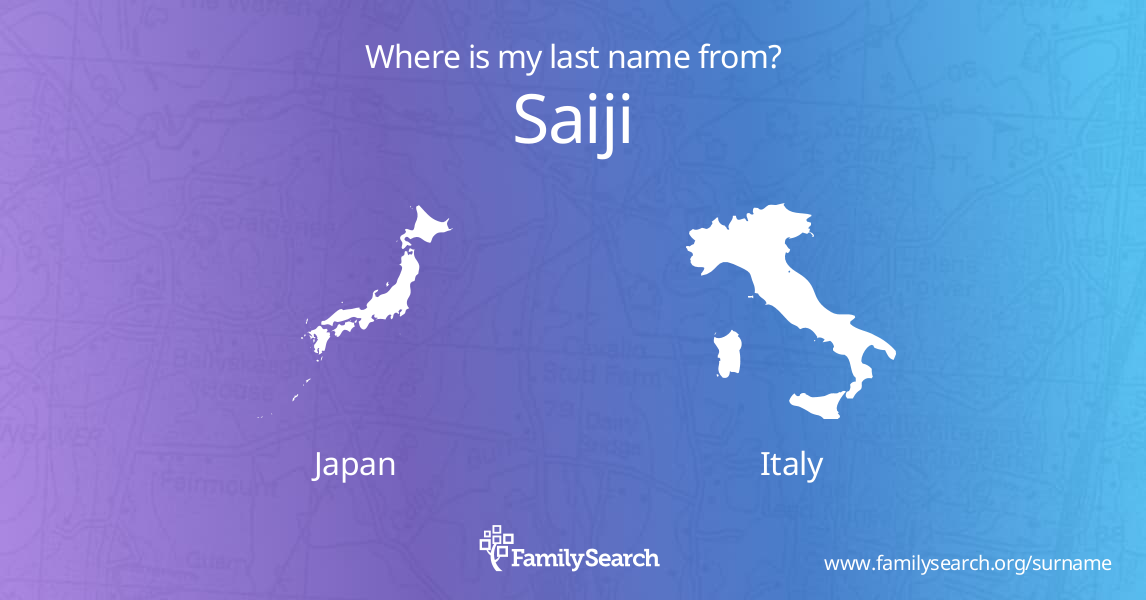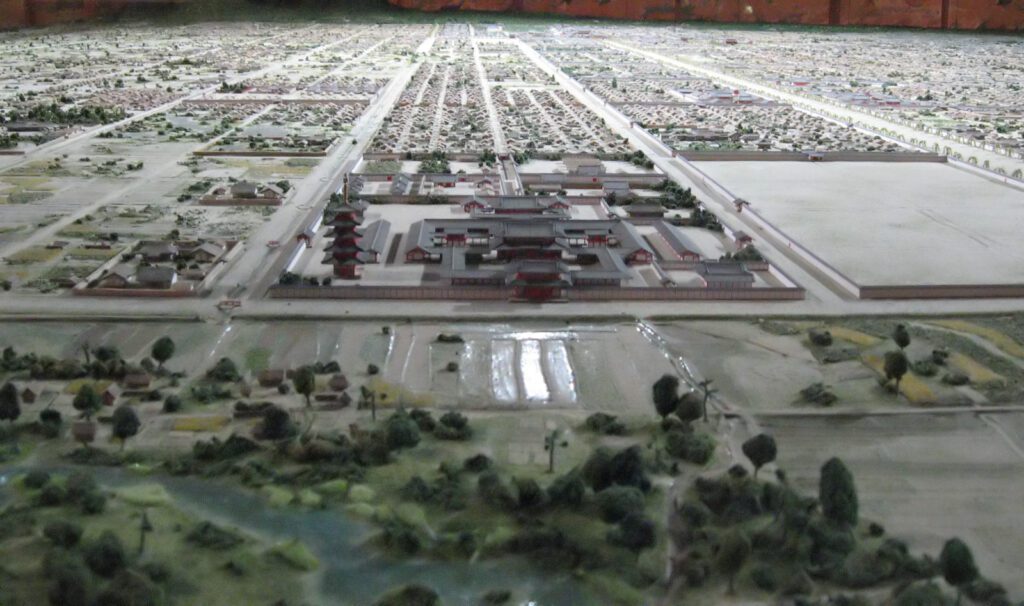Blog
Exploring the Meaning and Significance of ‘Saiji’

Blog
Dana White Brother: Everything You Need to Know

Dana White, the president of the Ultimate Fighting Championship (UFC), is a globally recognized figure in the world of mixed martial arts (MMA). His leadership has transformed the UFC into a multi-billion-dollar enterprise, making him one of the most influential people in combat sports. However, when people search for ” brother,” they often wonder if he has a sibling who shares his success or has contributed to his journey.
In this article, we will explore family background, his relationship with his siblings, and any details available about his brother. We will also discuss his personal life, career, and how his family influenced his path to success.
Who is Dana White?
Early Life and Background
Dana Frederick White Jr. was born on July 28, 1969, in Manchester, Connecticut, USA. He grew up in a middle-class family and was raised primarily by his mother, June White. His father, Sr., was not very involved in his life. White spent a large part of his childhood moving between Las Vegas and New England.
During his teenage years, White developed a passion for boxing and later transitioned into managing fighters. His deep involvement in combat sports eventually led him to acquire the UFC in 2001, alongside Lorenzo and Frank Fertitta. Since then, he has played a crucial role in expanding the UFC brand globally.
Rise to Fame in the UFC
Dana White’s aggressive marketing strategies and business acumen turned the UFC into the world’s leading MMA promotion. Under his leadership, the UFC secured multi-million-dollar broadcasting deals and grew its fighter roster to include some of the biggest names in combat sports. Today, is synonymous with MMA, often making headlines for his outspoken personality and bold decisions.
Does Dana White Have a Brother?
One of the most frequently asked questions about is whether he has a brother. While is a very public figure, he has kept much of his personal family life private. There are no widely known records of a brother who is as famous or involved in his business endeavors.
Family Relationships and Sibling Speculation
Dana White’s immediate family mainly includes his mother, June White, and his sister, Kelly White. There is little to no publicly available information about him having a brother. Some sources suggest he may have distant relatives or step-siblings, but Dana himself has never spoken publicly about having a brother in a way that would indicate a close relationship.
In contrast, Dana has frequently mentioned his sister Kelly, who has been more vocal about their upbringing. In her book King of MMA: An Unauthorized Biography,” their mother, June White, shared stories about their childhood, but she did not discuss any brother figure.
Dana White’s Relationship with His Family
Dana White has a complicated relationship with his family, particularly with his mother. In interviews, he has distanced himself from some of his relatives. His mother’s book, published in 2011, portrayed Dana as someone who changed significantly after gaining wealth and power. She criticized his lifestyle and decisions, which caused further tension between them.
However, despite his strained relationship with his mother, Dana has always focused on building a strong support system around his immediate family, including his wife, Anne White, and their three children.
What About Other Relatives?
Although there is no confirmed record of a biological brother, some fans have speculated about whether Dana has close cousins or step-siblings who could be considered “brothers” in a figurative sense. However, Dana himself has not publicly acknowledged any such relationships.
Why Do People Search for Dana White’s Brother?
There could be several reasons why people are curious about Dana White’s brother:
-
Curiosity About His Family Background – As one of the most powerful men in combat sports, many fans want to know more about his personal life.
-
Speculation About a Hidden Family Member – Some celebrities have long-lost relatives who later gain public attention. This has led people to wonder if Dana has a sibling who might eventually become known.
-
Mistaken Identity – There have been rumors and incorrect reports about individuals being related to , leading to confusion.
Dana White’s Legacy and Influence in MMA
Even without a known brother, legacy is firmly established through his work in MMA. His impact on the sport is unparalleled, and he has built an empire through hard work, business intelligence, and a deep understanding of combat sports.
Key Achievements of Dana White in the UFC
-
Transformed the UFC from a struggling business into a global sports powerhouse.
-
Negotiated billion-dollar deals, including a partnership with ESPN.
-
Expanded MMA globally, introducing the sport to new markets like China, Russia, and the Middle East.
-
Helped build UFC stars like Conor McGregor, Ronda Rousey, and Khabib Nurmagomedov.
Despite controversies, White remains the face of the UFC and continues to grow the sport at an unprecedented rate.
Conclusion
While Dana White has a sister, Kelly White, there is no widely known or confirmed information about him having a brother. His family background remains a topic of interest, but most available records suggest that he does not have a sibling who is involved in his life or business.
Dana White’s success story is a testament to his dedication and business savvy. Whether or not he has a brother, his legacy in the world of MMA is undeniable.
FAQs
1. Does Dana White have a brother?
There are no confirmed reports of having a brother. He has a sister named Kelly White.
2. Who are Dana White’s parents?
Dana White’s parents are June White and Sr. His mother has spoken publicly about their relationship in her book.
3. Is Dana White close to his family?
Dana White has a complicated relationship with some family members, particularly his mother. However, he remains close to his wife, Anne White, and their children.
4. Why do people think Dana White has a brother?
Speculation and misinformation have led people to believe he has a brother, but no confirmed details support this claim.
5. What is Dana White’s net worth?
As of 2024, estimated net worth is around $500 million, primarily due to his ownership stake in the UFC and business deals.
This article clarifies the truth about Dana White’s family and provides an in-depth look at his personal life, career, and influence on MMA. If you’re a UFC fan, stay tuned for more insights into the biggest figures in combat sports!
-

 Tech5 months ago
Tech5 months agoFintechZoom.com – Your Ultimate Guide to Financial News and Insights
-

 Celebrity5 months ago
Celebrity5 months agoWhat Disease Does Michael Keaton Have?
-

 Tech5 months ago
Tech5 months agoKittl Design: A Simple Guide to Boosting Your Creative Projects
-

 Tech5 months ago
Tech5 months agoHow to Track a Phone Number on Google Maps
-

 Tech5 months ago
Tech5 months agoCute Canva Fonts: A Guide to Adding Charm to Your Designs
-

 Blog5 months ago
Blog5 months agoTimberwolves vs Phoenix Suns Match Player Stats
-

 Entertainment5 months ago
Entertainment5 months agoFlixHQ – Top 10 FlixHQ Alternatives to Watch HD Movies and TV Shows in 2025
-

 Tech5 months ago
Tech5 months agoCute Fonts on Canva: A Guide to Adorable Typography for Your Designs

